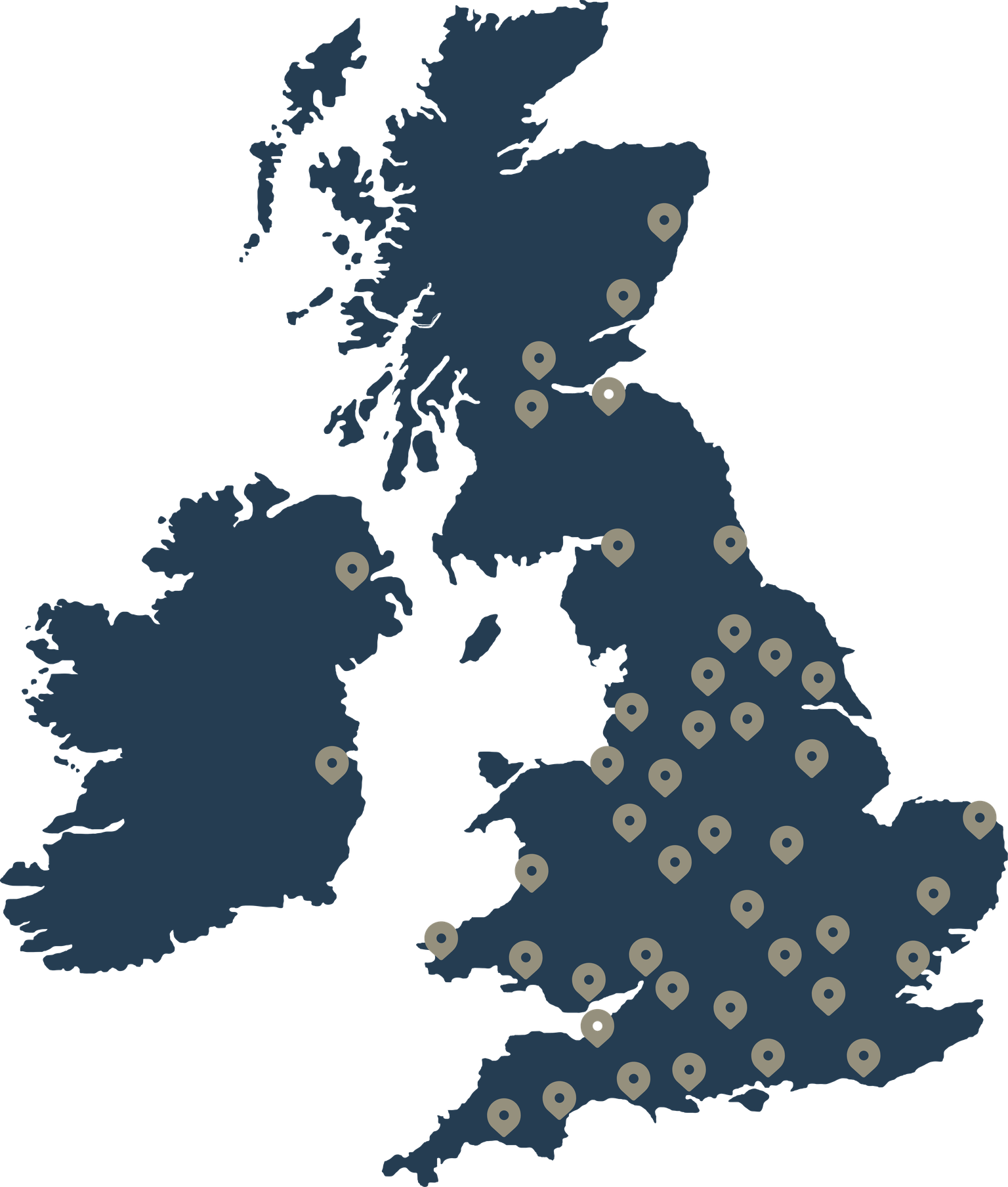Arthritis is a general term used to describe swelling and pain in the joints. It encompasses several different types of conditions with similar symptoms. Common symptoms of arthritis include joint pain, tenderness, stiffness, weakness, muscle wasting, restricted movement, and inflammation and redness around the joints.
The impact of arthritis is not limited to a specific age or gender. It can affect both males and females, from the elderly to young children. While some forms of arthritis are more prevalent in older adults (aged 40 and above), it's worth noting that around 15,000 children and young individuals in the UK are also affected by arthritis. Although arthritis is more commonly found in women, it is still prevalent in men as well. Additionally, having a family history of arthritis can increase your likelihood of developing one of these conditions.
Related blogs

Good Night’s Sleep for People with Arthritis
Arthritis affects over 10 million people in the UK, and studies show that more than 80% of those with the condition experience disrupted sleep due...

Best Recliner Chairs for Arthritis
Recliner chairs, ergonomic chairs, and riser recliner chairs can significantly improve comfort and help alleviate the pain and stiffness associated with arthritis. Designed with specific needs...
Common Types of Arthritis
The two most common types of arthritis are Osteoarthritis and Rheumatoid Arthritis. The most common type of arthritis in children and young people is Juvenile Idiopathic Arthritis (JIA). Other forms of arthritis include gout, psoriatic arthritis, ankylosing spondylitis, and spondyloarthritis.
As the second most common type of arthritis in the UK, rheumatoid arthritis affects about 400,000 people who usually begin to develop the condition between the ages of 40 and 50. This type of arthritis is more common in women than in men.
Rheumatoid arthritis
Rheumatoid arthritis is an autoimmune condition. This means that the body's immune system mistakenly attacks its own tissues, leading to pain and inflammation in the joints. The immune system sends blood and extra fluids to the joints, thinking it is fighting an infection that doesn't exist. This excess blood and fluids can cause other symptoms such as:
- Stiff and tender joint inflammation that can last for over half an hour.
- Joint and bone damage, caused by the chemicals in the fluids.
- A stretched joint capsule. Once stretched by excess fluids, it rarely returns to its normal size.
- Irritated nerve endings, causing more pain.
- Difficult and painful movement of the joints.
- Severe fatigue.
Osteoarthritis
Osteoarthritis affects nearly 9 million people in the UK. It typically begins to develop around the age of 40, although it can affect individuals of any age due to injuries or other types of arthritis. Women are more susceptible to this type of arthritis than men. Additionally, those with a family history of osteoarthritis are at a higher risk of developing this condition.
Osteoarthritis most commonly affects the hands, knees, spines, and hips. This type of arthritis begins when cartilage becomes rough. As the cartilage thins out, the tendons and ligaments have to work harder, and extra fluid is sent to the joint.
Symptoms of osteoarthritis include:
- Growth of osteophytes, small bone shards, on the bones in joints
- Stretched and misshapen joint capsules
- Difficulty moving
- Joint stiffness and pain
Juvenile Idiopathic Arthritis (JIA)
Juvenile Idiopathic Arthritis is the most common type of arthritis affecting children and younger
people. About 15,000 young people are affected by arthritis, most with JIA but some are affected by osteoarthritis and, other types of arthritis.
There are five different types of JIA. In most cases, the arthritis disappears over time, often ceasing entirely before adulthood. Sometimes it can flare up again in the teen years, after disappearing from childhood arthritis. More serious cases have long-lasting effects and can lead to lifelong arthritis. All types of JIA include:
- Swelling
- Joint Pain
- Reddened Joints
More severe cases and different types can include:
- Swelling of the heart, liver, and spleen
- Swollen fingers, toes, wrists, ankles, neck, and jaw
- Fever
- Fatigue
- Enlarged glands around the neck or groin
- Joint damage
- Reddened eyes
Diagnosing Arthritis
If you are experiencing persistent joint pain, stiffness, or swelling, it's important to schedule an
appointment with your GP for an evaluation. Your GP will start by inquiring about your symptoms and medical history, and then perform a physical examination. During the examination, they may check for tenderness, warmth, and reduced movement in your joints.
To identify inflammation markers or specific antibodies linked to types of arthritis, your GP may request blood tests. Additionally, X-rays, ultrasounds, or MRI scans may be used to assess joint damage. Based on the results, your GP may refer you to a specialist, such as a rheumatologist, for further diagnosis and treatment options.
Managing arthritis
Unfortunately, there is no cure for arthritis, but there are tricks for easing it.
Making lifestyle changes such as adopting a healthy diet and engaging in exercise can be effective for treating arthritis, although it cannot cure it. Some foods, such as fried and fatty foods, can exacerbate arthritis, so avoiding them can help ease inflammation and pain. Exercise is helpful for osteoarthritis as it helps keep joints strong and stabilised.
Maintaining a healthy weight puts less stress on the body overall. Pain relief options like anti-inflammatory painkillers such as ibuprofen and creams can help with both the pain and inflammation. Acupuncture and laser treatments have also become popular forms of pain relief. In extreme cases, surgery can be an option, but it is not a cure for arthritis, but rather a way to ease it.
Related Videos
FAQ’s about Arthritis
Some commonly asked questions about arthritis include:
What really causes arthritis?
Arthritis can be caused by autoimmune diseases, injuries, or infections.
What are the early signs of arthritis?
Early signs include fatigue, stiffness, joint pain, fever, numbness, tingling, and difficulty moving.
Can you be cured of arthritis?
Unfortunately, no. But early diagnosis can prevent it from worsening and some treatments help ease
symptoms.
Which foods make arthritis worse?
Arthritis can be worsened by frequently eating fried foods, foods high in sugars, dairy, alcohol, salt,
and preservatives.
How do you check for arthritis?
Your doctor will examine your symptoms, perform a physical evaluation, take an X-ray, and do blood tests to determine whether you have arthritis.
Further Arthritis Advice and Support
If you’d like more
information about arthritis in the UK and resources for help treating it, these
websites are dedicated to assisting others in learning about all types of
arthritis.
- NHS.uk - Along with describing arthritis, it’s symptoms, who it affects, and treatments, NHS
also offers resources for finding services near you for treatment. - VersusArthritis.org - This website offers an in-depth look at arthritis, symptoms, etc. It also offers options for people to get involved in fundraising and awareness events, news about what research/progress is being made, and resources for getting help.













